Into town and the main square - Parque Cespedes and an orientation of the key buildings around the square.
If there's an archetype for romantic Cuban street life, Parque Céspedes is it. A throbbing kaleidoscope of walking, talking, hustling, flirting, guitar-strumming humanity, this most ebullient of city squares, with the bronze bust of Carlos Manuel de Céspedes, the man who kick-started Cuban independence in 1868, at its heart, is a sight to behold any time of day or night.
Old ladies gossip on shady park benches, a guy in a panama hat drags his scarred double bass over toward the Casa de la Trova, while sultry señoritas in skin-tight lycra flutter their eyelashes at the male tourists on the terrace of the Hotel Casa Granda. Parque Céspedes is also, aside from a jarring modernist bank on its west side, a treasure trove of colonial architecture.
The Casa de la Cultura Miguel Matamoros, on the square's eastern aspect, is the former San Carlos Club, a social center for wealthy santiagüeros until the Revolution. Next door British novelist Graham Greene once sought literary inspiration in the terrace-bar of the Hotel Casa Granda (1914). The neoclassical Ayuntamiento, on the northern side of the square, was erected in the 1950s using a design from 1783 and was once the site of Hernán Cortés' mayoral office. Fidel Castro appeared on the balcony of the present building on the night of January 2, 1959, trumpeting the Revolution's triumph.
http://www.lonelyplanet.com/cuba/eastern-cuba/santiago-de-cuba/sights/parks-gardens/parque-cespedes#ixzz3x6a4khFI
By Parque Cespedes is Casa de Diego Velazquez the oldest house still standing in Cuba. Looks like something from Shakespeare's time.
The oldest house still standing in Cuba, this arresting early colonial abode dating from 1522 was the official residence of the island's first governor. Restored in the late 1960s, the Andalusian-style facade with fine, wooden lattice windows was inaugurated in 1970 as the Museo de Ambiente Histórico Cubano.
The ground floor was originally a trading house and gold foundry, while the upstairs was where Velázquez lived. Today, rooms display period furnishings and decoration from the 16th to 19th centuries. Check the two-way screens, where you could look out without being observed: a Turkish influence (Turkey had a big influence on European style at this time). Visitors are also taken through an adjacent 19th-century neoclassical house.
http://www.lonelyplanet.com/cuba/eastern-cuba/santiago-de-cuba/sights/museums-galleries/casa-de-diego-velazquez#ixzz3x6Z5FxYX
Catedral de Nurstra Señora de la Asuncion anchors one end of the square.
Santiago's most important church is stunning both inside and out. There has been a cathedral on this site since the city's inception in the 1520s, though a series of pirate raids, earthquakes and dodgy architects put paid to at least three previous incarnations. The present cathedral, characterized by its two neoclassical towers, was completed in 1922; the remains of first colonial governor, Diego Velázquez, are still buried underneath.
The church was being comprehensively restored both inside and out at last visit in time for Santiago's quincentennial in 2015. Expect a thorough upgrade of the intricate ceiling frescoes, the hand-carved choir stalls and the altar that honors the venerated Virgen de la Caridad.
http://www.lonelyplanet.com/cuba/eastern-cuba/santiago-de-cuba/sights/religious/catedral-de-nuestra-senora-de-la-asuncion#ixzz3x6ZEeXtN
Parque Cespedes ~ Santiago de Cuba
Monday, December 28, 2015
 Santiago de Cuba, Santiago de Cuba, Cuba
Santiago de Cuba, Santiago de Cuba, Cuba
Other Entries
-
26Chickens up a tree, dogs barking & cats wandering
Dec 235 days prior Topes de Collantes, Cubaphoto_camera14videocam 0comment 0
Topes de Collantes, Cubaphoto_camera14videocam 0comment 0 -
27Cockerel doing whatever cockerel do, but @ 3.33am!
Dec 244 days prior Topes de Collantes, Cubaphoto_camera34videocam 0comment 1
Topes de Collantes, Cubaphoto_camera34videocam 0comment 1 -
28Jincila Cocktail
Dec 244 days prior Topes de Collantes, Cubaphoto_camera28videocam 0comment 0
Topes de Collantes, Cubaphoto_camera28videocam 0comment 0 -
29Sendero de Alfombra Magica
Dec 244 days prior Topes de Collantes, Cubaphoto_camera47videocam 0comment 0
Topes de Collantes, Cubaphoto_camera47videocam 0comment 0 -
30Mastercard or Visa?
Dec 253 days prior Trinidad, Cubaphoto_camera29videocam 0comment 1
Trinidad, Cubaphoto_camera29videocam 0comment 1 -
31San Isidro de los Destiladeros
Dec 253 days prior Iznaga, Cubaphoto_camera39videocam 0comment 0
Iznaga, Cubaphoto_camera39videocam 0comment 0 -
32Sancti Spiritus
Dec 253 days prior Sancti Spíritus, Cubaphoto_camera88videocam 0comment 0
Sancti Spíritus, Cubaphoto_camera88videocam 0comment 0 -
33Christmas dinner under a full moon
Dec 253 days prior Camagüey, Cubaphoto_camera25videocam 0comment 0
Camagüey, Cubaphoto_camera25videocam 0comment 0 -
34Camaguey
Dec 262 days prior Camagüey, Cubaphoto_camera26videocam 0comment 0
Camagüey, Cubaphoto_camera26videocam 0comment 0 -
35Bicitaxi around Camaguey
Dec 262 days prior Camagüey, Cubaphoto_camera102videocam 0comment 1
Camagüey, Cubaphoto_camera102videocam 0comment 1 -
36Mercado Agropecuario Hatibonico
Dec 262 days prior Camagüey, Cubaphoto_camera70videocam 0comment 0
Camagüey, Cubaphoto_camera70videocam 0comment 0 -
37Santo Domingo
Dec 262 days prior Bartolomé Masó, Cubaphoto_camera72videocam 0comment 0
Bartolomé Masó, Cubaphoto_camera72videocam 0comment 0 -
38Fidel’s Fridge
Dec 271 day prior Las Mercedes, Cubaphoto_camera53videocam 0comment 0
Las Mercedes, Cubaphoto_camera53videocam 0comment 0 -
39Bartolome Maso > Santiago de Cuba
Dec 271 day prior Santiago de Cuba, Cubaphoto_camera27videocam 0comment 0
Santiago de Cuba, Cubaphoto_camera27videocam 0comment 0 -
40Revolution Square ~ Santiago de Cuba
Dec 28earlier that day Santiago de Cuba, Cubaphoto_camera16videocam 0comment 0
Santiago de Cuba, Cubaphoto_camera16videocam 0comment 0 -
41Cementerio Santa Ifigenia
Dec 28earlier that day Santiago de Cuba, Cubaphoto_camera32videocam 0comment 0
Santiago de Cuba, Cubaphoto_camera32videocam 0comment 0 -
42Moncada Barracks
Dec 28earlier that day Santiago de Cuba, Cubaphoto_camera6videocam 0comment 0
Santiago de Cuba, Cubaphoto_camera6videocam 0comment 0 -
43Parque Cespedes ~ Santiago de Cuba
Dec 28 Santiago de Cuba, Cubaphoto_camera27videocam 0comment 0
Santiago de Cuba, Cubaphoto_camera27videocam 0comment 0 -
44Lively street life, music & salsa lessons
Dec 28later that day Santiago de Cuba, Cubaphoto_camera66videocam 0comment 0
Santiago de Cuba, Cubaphoto_camera66videocam 0comment 0 -
45Santiago de Cuba from up high
Dec 28later that day Santiago de Cuba, Cubaphoto_camera17videocam 0comment 0
Santiago de Cuba, Cubaphoto_camera17videocam 0comment 0 -
46Castillo de San Pedro de la Roca del Morro
Dec 28later that day Santiago de Cuba, Cubaphoto_camera93videocam 0comment 0
Santiago de Cuba, Cubaphoto_camera93videocam 0comment 0 -
47Roar of the lions
Dec 291 day later Las Tunas, Cubaphoto_camera71videocam 0comment 0
Las Tunas, Cubaphoto_camera71videocam 0comment 0 -
48Santiago de Cuba > Santa Clara
Dec 291 day later Santa Clara, Cubaphoto_camera30videocam 0comment 0
Santa Clara, Cubaphoto_camera30videocam 0comment 0 -
49Comandante Ernesto 'Che' Guevara
Dec 302 days later Santa Clara, Cubaphoto_camera14videocam 0comment 0
Santa Clara, Cubaphoto_camera14videocam 0comment 0 -
50Parque Vidal ~ Santa Clara
Dec 302 days later Santa Clara, Cubaphoto_camera39videocam 0comment 0
Santa Clara, Cubaphoto_camera39videocam 0comment 0 -
51Monumento a la Toma del Tren Blindado
Dec 302 days later Santa Clara, Cubaphoto_camera33videocam 0comment 0
Santa Clara, Cubaphoto_camera33videocam 0comment 0 -
52Santa Clara > Vinales
Dec 302 days later Viñales, Cubaphoto_camera62videocam 0comment 0
Viñales, Cubaphoto_camera62videocam 0comment 0 -
53Underwater @ Cayo Levisa
Dec 313 days later Cayo Levisa, Cubaphoto_camera41videocam 0comment 0
Cayo Levisa, Cubaphoto_camera41videocam 0comment 0 -
54Walk or a siesta?
Dec 313 days later Cayo Levisa, Cubaphoto_camera49videocam 0comment 0
Cayo Levisa, Cubaphoto_camera49videocam 0comment 0 -
55Cigar or a Pina Colada?
Jan 014 days later Viñales, Cubaphoto_camera57videocam 0comment 0
Viñales, Cubaphoto_camera57videocam 0comment 0 -
56Cueva del Indio
Jan 014 days later Cueva Del Indio, Cubaphoto_camera29videocam 0comment 0
Cueva Del Indio, Cubaphoto_camera29videocam 0comment 0 -
57Orquideario
Jan 014 days later Havana, Cubaphoto_camera38videocam 0comment 0
Havana, Cubaphoto_camera38videocam 0comment 0 -
58Barrio Chino de La Habana ~ Chinatown
Jan 025 days later Havana, Cubaphoto_camera68videocam 0comment 0
Havana, Cubaphoto_camera68videocam 0comment 0 -
59Boulevard San Rafael
Jan 025 days later Havana, Cubaphoto_camera26videocam 0comment 0
Havana, Cubaphoto_camera26videocam 0comment 0 -
60Calle Obispo
Jan 025 days later Havana, Cubaphoto_camera32videocam 0comment 0
Havana, Cubaphoto_camera32videocam 0comment 0 -
61Habana Vieja ~ Old Town
Jan 025 days later Havana, Cubaphoto_camera41videocam 0comment 0
Havana, Cubaphoto_camera41videocam 0comment 0

 Santiago de Cuba, Santiago de Cuba, Cuba
Santiago de Cuba, Santiago de Cuba, Cuba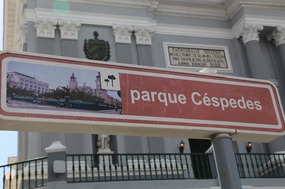
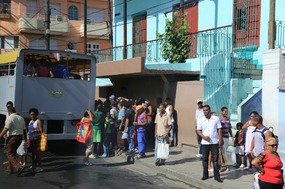
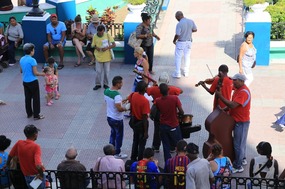
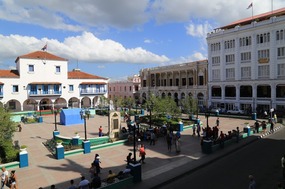

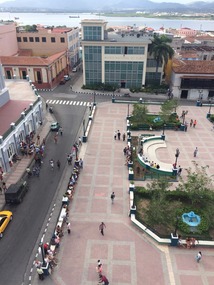
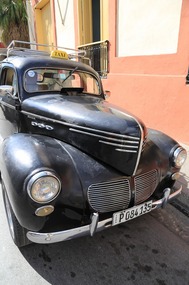
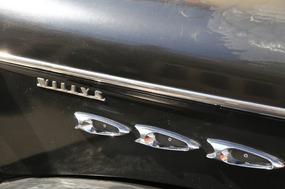
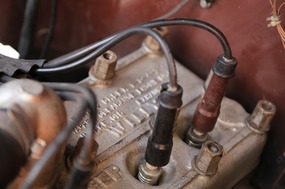
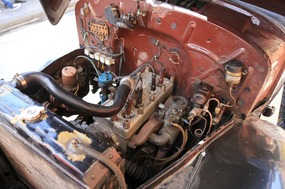
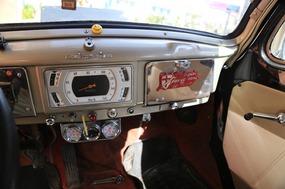
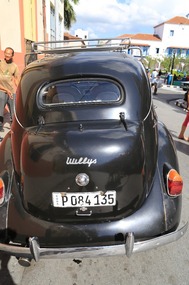
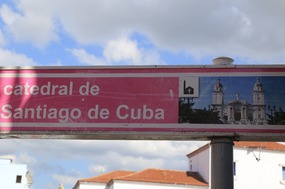
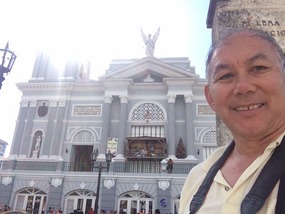
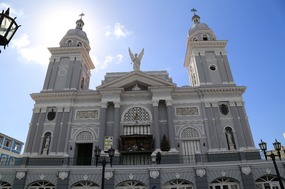
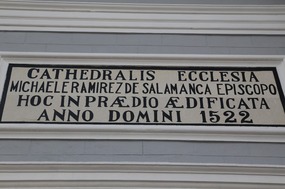
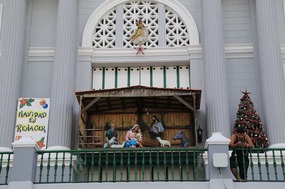
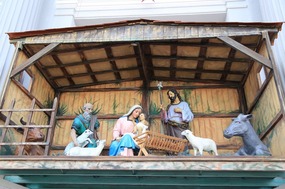
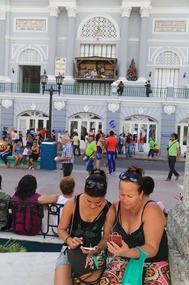
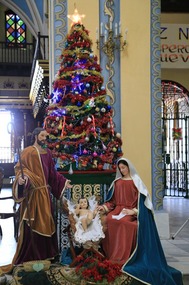
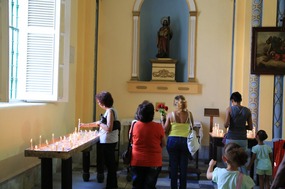
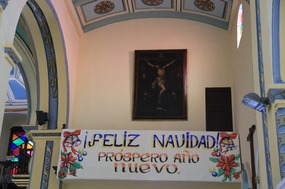
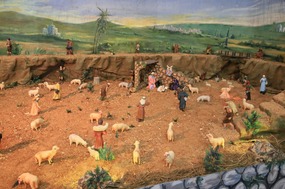
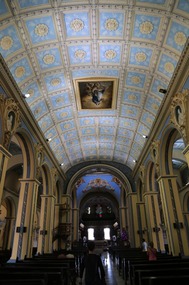
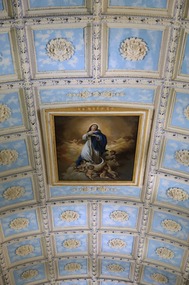
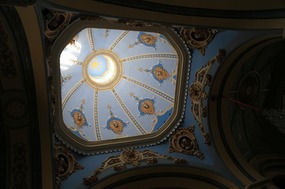
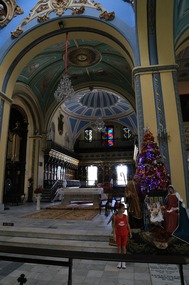

2025-05-22